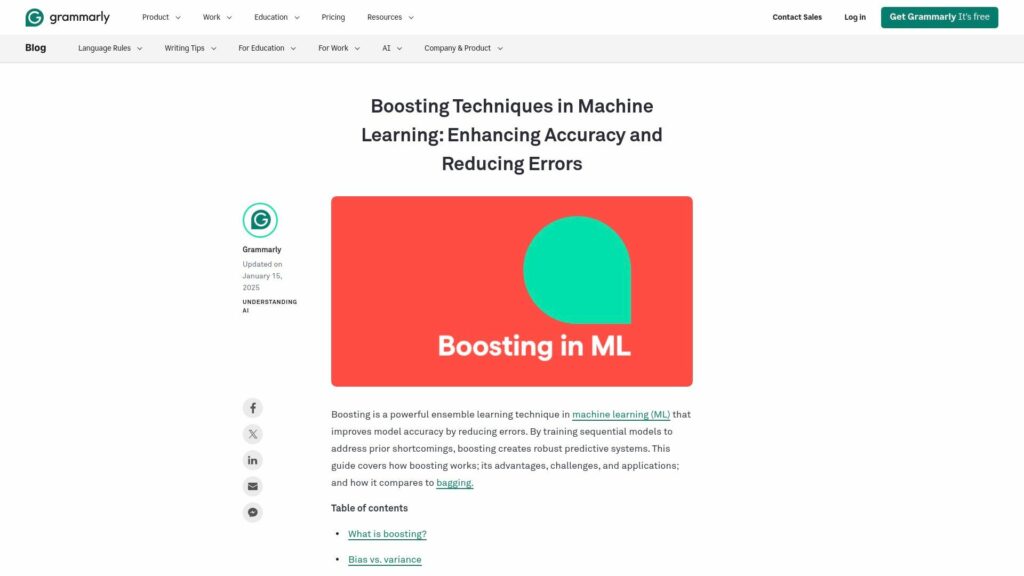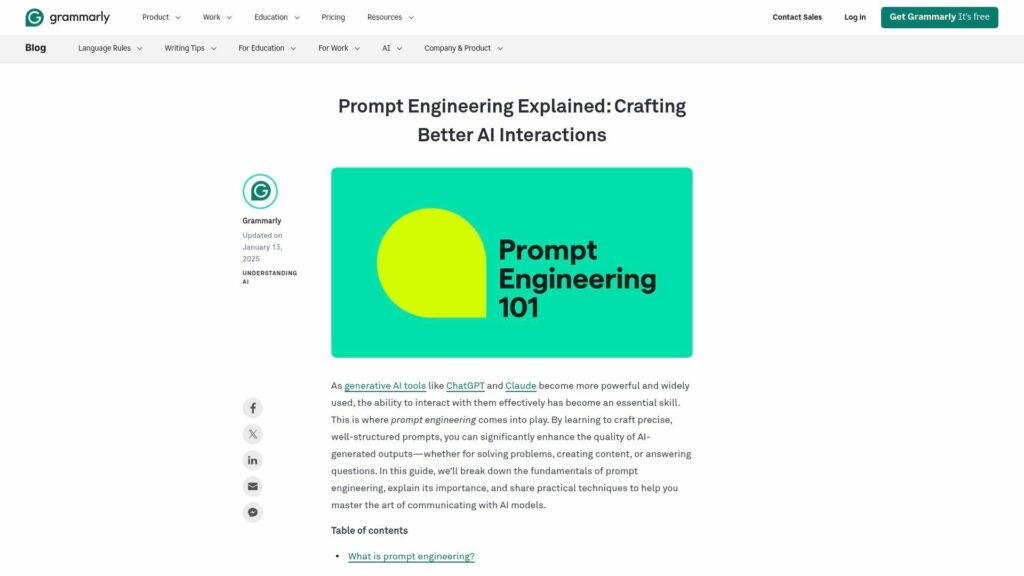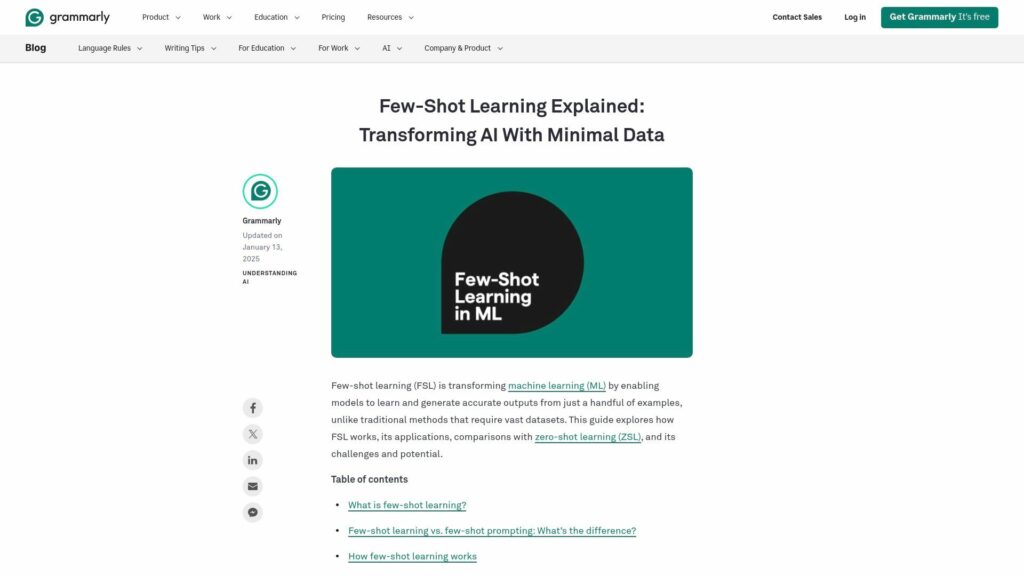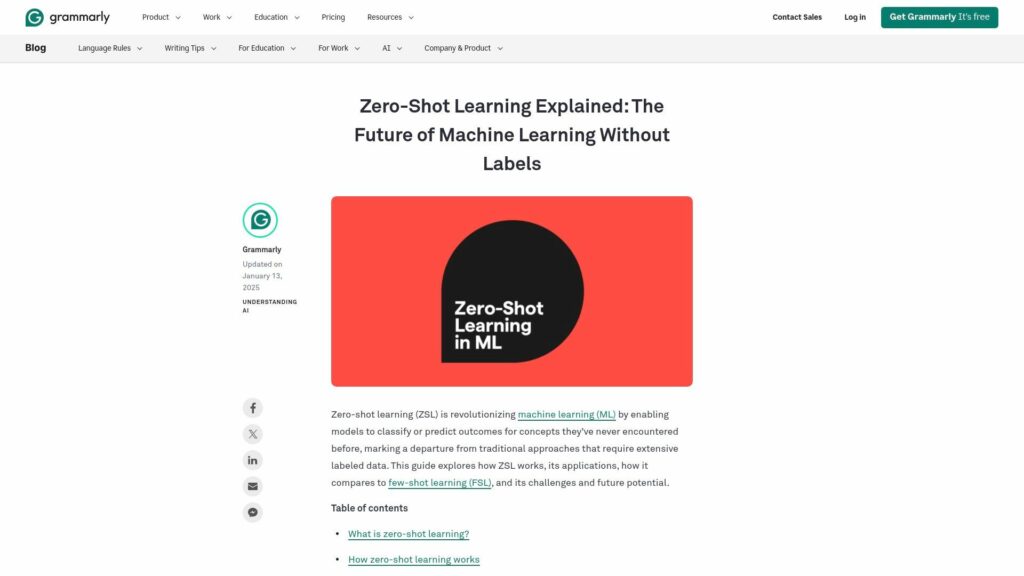Create a Project Charter: a Step-by-Step Guide
TLDR: A project charter is a high-level document outlining a project's objectives, scope, timeline, and roles, serving as a guide for stakeholders and project managers. It aids in stakeholder buy-in, offers clarity for project direction, and differs from detailed project plans and business cases. Key elements include project title, goals, scope, stakeholder identification, roles, requirements, assumptions, risks, milestones, and a budget overview. Steps to create it involve engaging stakeholders, defining objectives, establishing a timeline and budget, documenting risks, drafting the charter, and seeking stakeholder approval. Best practices include prioritizing clarity and proactive collaboration.
https://www.grammarly.com/blog/business-writing/create-project-charter/










